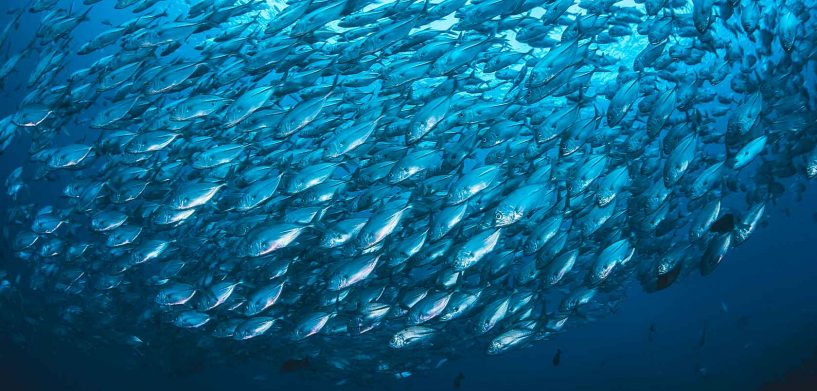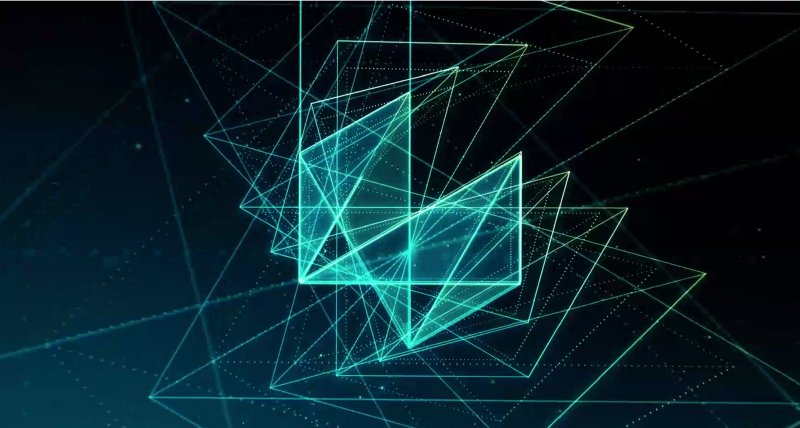Technology is driving a massive expansion of aquaculture facilities to ease overfishing of the world’s natural marine life, and Hexagon is here to help.
The world’s vast oceans cover more than 70 percent of the surface of the planet and are teeming with life, including the fish and other sea creatures that have been regularly harvested by humans throughout history. However, as the world’s population grew and industrial fishing became more and more common, even the massive biosphere beneath the waves began to feel the pressure brought on by increased demand. As ocean fisheries began to deplete and yields dropped, a new strategy was necessary to feed growing global demand without further devastating wild populations and sending our oceans into an age of lifeless scarcity. This is the purpose behind the Blue Revolution.
The Blue Revolution is the name given to the emergence of aquaculture — domestication and farming of fish, shellfish and aquatic plants — to cultivate an increase in the production of fish and marine products. Since the 1980s, aquaculture has grown to become a key player in the push toward more sustainable yield of marine products in a world where global consumption of fish is rising about 3.1 percent every year — almost double the rate of overall population growth. Freshwater aquaculture has also seen a massive shift during the Blue Revolution, with the majority of humanity’s fish supply now being farmed inland in rivers and lakes. While freshwater aquaculture is more often linked to domestic consumption, the two-pronged approach of easing the burden on wild populations in both saltwater and freshwater sources is creating a far more sustainable future for aquatic ecosystems worldwide.
The frontier of this new revolution in food production is centred in Asian countries, with operations accounting for 89% of global aquaculture production. However, there is still much work to be done as countries continue to scale up production but find themselves running into issues that require new approaches to the management of their fisheries. For example, only 60% of India’s aquaculture resources are currently being used for cultivation, as the balance requires new site selections for farming in brackish water, cages and reservoir fisheries. This creates several technical challenges, as suitable sites must either be found in acceptable condition or built out to meet the needs of the industry. Massive projects like this require a lot of technological power to keep them running smoothly and efficiently, and this is where powerful technologies like Hexagon’s come into play.
Indian fisheries operate from decentralised databases, which can lead to non-optimal production and reduced ROI and profits compared to a system where information is shared, easily accessible and properly utilised. Hexagon’s GIS technology allows fishery managers to centralise information between sites and provides robust data management, analytics and business intelligence that allows for more sustainable management of regional operations. By preserving data integrity and overall system performance between hundreds of simultaneous offices in desktop, web, mobile and cloud, tools like ERDAS IMAGINE, GeoMedia Desktop and M.App Enterprise transform raw data into useful information so managers can make the right decisions based on real-world conditions. The broad scope of data utilised by Hexagon’s solutions support fisheries throughout the entire business cycle, so fishing itself is not the only process being improved sustainably and responsibly.
The Blue Revolution is still going strong with no signs of stopping. Hexagon is here to help make sure that aquaculture keeps flowing smoothly into the coming years and beyond.

















